
Last weekend, top sport climber and boulderer Mina Leslie-Wujastyk was involved in an accident at Malham Cove in the Yorkshire Dales. Mina has written a blog to share her experience and open a discussion on the use of harnesses and helmets in sport climbing, and has kindly agreed to reproduce the piece on UKC.
'Feeling strong, moving up from the undercut is solid, readjust the left hand, pinky up, eyeball the pinch, hold it, wow that felt surprisingly okay, next move, left foot through, hit the gaston, swap feet, set up, move right...I held it...something fires off, ah damn I'm in the air…'
Sounds like a normal sport climbing experience, trying hard, and taking a fall. Not even a very big one (especially by European standards!). This was not a normal fall though, things didn't go the way they usually do and I ended up in quite a pickle.
Over the last few days I have had a lot of time to think and attempt to process the events of last Friday. It was one of the most intense experiences of my life and as such the process of processing (stay with me) is, in itself, very interesting. In an incident like this, it seems near impossible to process anything at the time as levels of adrenaline are so high and body and mind are in shock. So in the aftermath one is left with a multitude of mini-moments to patch together to try to create some level of understanding. As humans we strive to create a narrative for our experiences as a way of rationalising, understanding and processing. The emotional reactions, that are harder to articulate and rationalise, also somehow find a home in a narrative; maybe they are not something we completely understand but they find a place to settle.
So part of my process is to write my narrative and share it.
For an August day it was actually not bad conditions at Malham on Friday. Penny and I were having a lovely time. I was trying Rainshadow (9a), my long term project, just checking in with it while I'm still in full training mode, hopeful I could hit the ground running when the good autumn conditions arrived. I had already been up once and I was feeling pretty good on it all things considered. I'm not at the red-pointing stage, just trying to link through the crux section. This involves a hard 8-10 move boulder problem through a curving roof. The last draw is in the roof, creating what should be a relatively safe fall on steep ground.
I fell two moves from where I would clip the next draw, a place I have fallen before multiple times. My leg was not behind the rope; the fall was not unusual in that sense. Of course it all happened so fast but essentially I fell, inverted back and flipped sideways impacting the lower Raindogs wall hard with the back of my head and left side of my body. My brain felt like it reverberated around my skull, stunning me, shooting pain in the back of my head, instant paraesthesia (pins and needles) coursed down both my arms. Needless to say, I screamed.
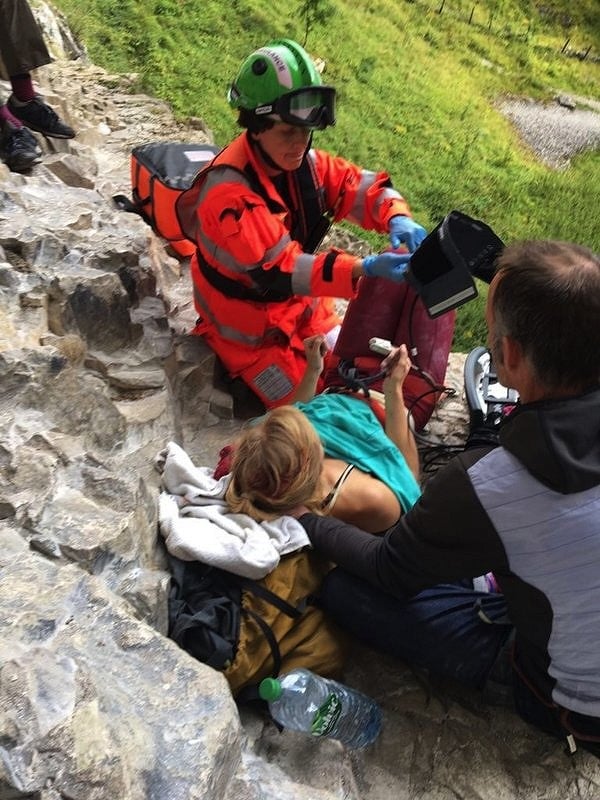
I grabbed my head, vaguely aware that this meant I could still use my arms, and shouted for Penny to lower me. Landing on the catwalk, I felt my hands hot and wet and as I brought them into my vision, I felt a wave of panic at the sight of them covered in blood. The pins and needles subsided after about 20 seconds. Al Wilson was straight by my side to compress the wound and hold me still as Penny and Eddie called the emergency services. This was about 4.10pm.
At this point there was a certain calm after the storm. I didn't ever lose consciousness; I was totally lucid throughout. Weirdly I didn't really panic too much at this point, in fact I think I began to make silly jokes (shock I guess) about how my friends should eat the delicious energy balls I had made as I knew from my own first aid training that I would be nil by mouth for a bit.
To prevent this blog turning into a short novel I am going to speed up the next 7 hours of experience. The Air Ambulance arrived first; the helicopter appearing above the cove increasing my anxiety about the seriousness of the situation. Sammy was the first paramedic on the scene and between her and Al they made the whole experience much softer and more manageable for me emotionally. They were reassuring and gentle and even humoured me with my strangely-timed jokes. Having turned 30 this year, I was elated that Eddie has estimated my age to the services as "early twenties".
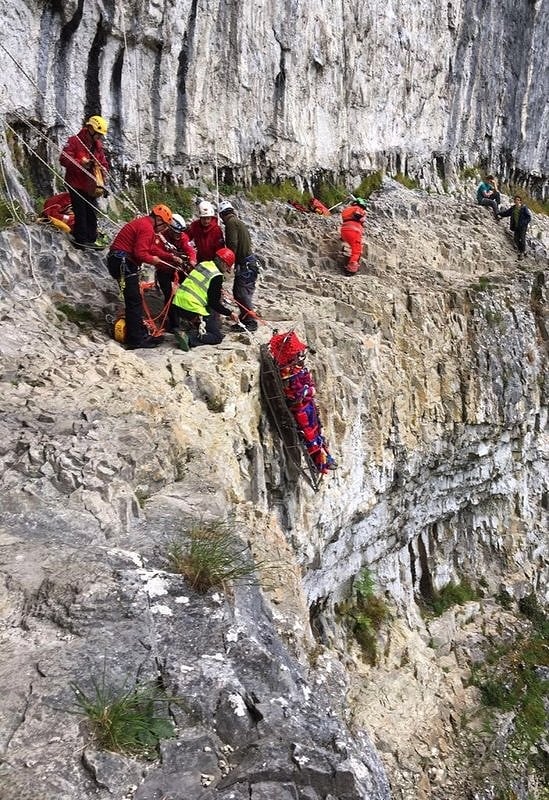
I was lying on the catwalk (a kind of wide, rocky ledge for those that don't know it), not an easy place to evacuate from. Due to the head injury and the nerve related symptoms I needed to be immobilised as a precaution until I could be cleared by scans. Mountain Rescue arrived and with incredible kindness, skills, lots of smiles and reassurance they went about planning and executing a rescue. I was put in a neck brace and transferred to a spinal board of sorts, complete with a vac-pack to keep me totally still. It was like being hugged by a bouncy castle. This was the first time I cried, I've never been immobilised like this before and again, like seeing the helicopter, it suddenly felt very serious and there were a lot of fears running through my mind. I kept reminding myself that I could feel and move my arms and legs.
The plan was to lower me off the catwalk vertically to ground level and the team executed this brilliantly. I was then carried across the river (in the rain and midges, such bad timing!) to the helicopter where I was flown to Malham Village where there was a road ambulance waiting to take me to Airedale General. There was initial talk of helicoptering me straight the Leeds Infirmary Trauma Unit but it was reassuring to hear they weren't worried enough for that.
I arrived at hospital at about 7.30pm and was relieved to see David (who had driven up from Sheffield) and Penny again. I was sent for head and neck CT scans and then we waited. During this time I won an iron bladder award (those of you who know me well know this is not my forte) as I wasn't allowed to move at all, a bedpan was my only option and I was keen to avoid it if possible. Just as my resolve on the pee front was breaking and I asked for the pan, the results arrived and I was given the all clear to take the neck brace off, sit up and (very importantly at this point) go pee.
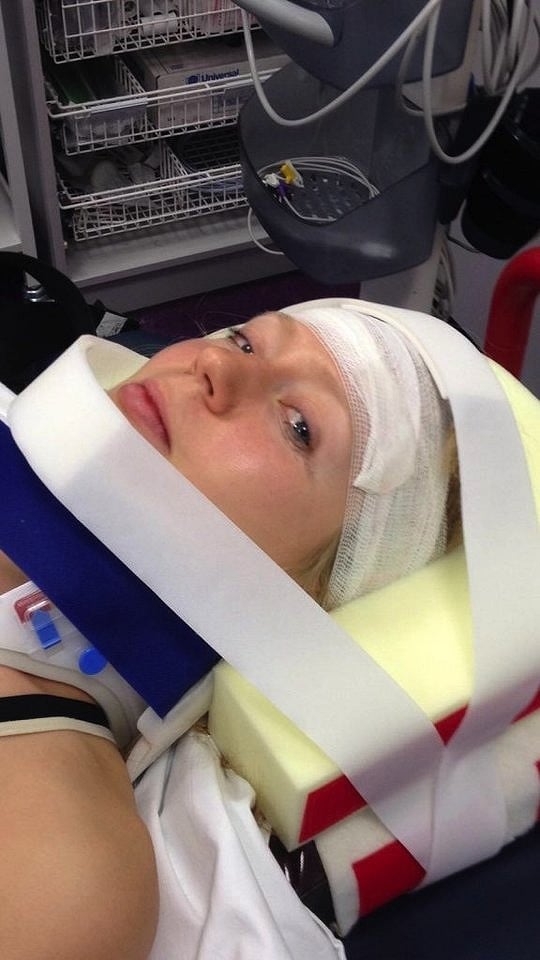
I can't describe how amazing it felt to move and move without fear. This experience has given me a lot to be grateful for, one of which is my mobility. Lying down, immobilised for 7 hours was pretty horrible but I know a lot of people have experienced this for longer or even permanently. I have a new appreciation for movement, that's for sure. After that, things moved fast, the nurses rinsed my hair so that the doctor could examine the injury (there was too much blood matted in my hair to get to it without washing), they glued me up and I was discharged that night. My takeaway was the head injury, a sore neck and a bruised arm. We got home at 1am. Needless to say I couldn't sleep for a while.
If you have made it this far in reading, I would like to talk more frankly about the mechanism of the fall, the risks I was taking and open a dialogue about harnesses and helmets in sport climbing.
Harnesses first. My fall was weird but it was weird for a reason: my harness was too big for me. Although it wouldn't have come off, the waist section was way too big and as a result the force of the rope tightening that would usually pull a climber upright in a straightforward fall, in this case didn't. My harness got pulled upright but I continued to flip backwards and slide sideways with the force of the fall. Like I said previously, I have taken the exact same fall in the past and it has been totally safe but, after losing some weight in the last 6 weeks, my harness (although done up to the max) was loose. I have another, smaller one, in the post already (big thanks to Arc'teryx for sending me one out ASAP).
I am an experienced climber and although I knew it was a bit on the loose side, I had not anticipated what the implications might be. It's very easy to be complacent; it wasn't so big that I would ever have fallen out of it, just not snug enough to prevent me moving too much. I feel that this was the component that caused things to go wrong the way they did.
The next conversation is about helmets. Had my harness fit been appropriate, I wouldn't have needed one but it wasn't and if I had had a helmet on my injuries wouldn't have been nearly so bad. To give context I would guess, in my experience, that 90+% of sport climbers don't wear helmets. I was part of that 90%. For traditional climbing, I always do wear a helmet and I think that is a common approach and distinction among many climbers.
I genuinely believe that I was very unlucky to have sustained a head injury like this sport climbing, but it is obviously a risk; things don't always go to plan, the unusual can happen and we can make errors (like my assessment of my harness fit in this case). As I manage my return to sport climbing, a helmet will be part of that process. Will I always wear one sport climbing? I don't know yet, that is a personal decision that will take time to form for me. On physically harder routes a helmet can get in the way a bit and where the risk is managed and small, perhaps it will feel okay not to. I know people have strong views on this kind of thing but I would like to ask you to respect my current and future decisions on this. Part of the reason I didn't specify my injuries when I first posted about the accident on social media was that I felt too vulnerable to deal with the inevitable recrimination from some people in the wider community about the use of helmets. It is a big topic, one I am open to a dialogue about, but also something I would like to be discussed with respect for experience and context.
So, what next? I'm still pretty shaken, feeling the ups and downs mentally and physically. Keen to get moving again but also trying to take it slowly. I will get back to climbing and back to Rainshadow, but there will be a process to building up my confidence that may take some time and I'm trying to be kind to myself around that.
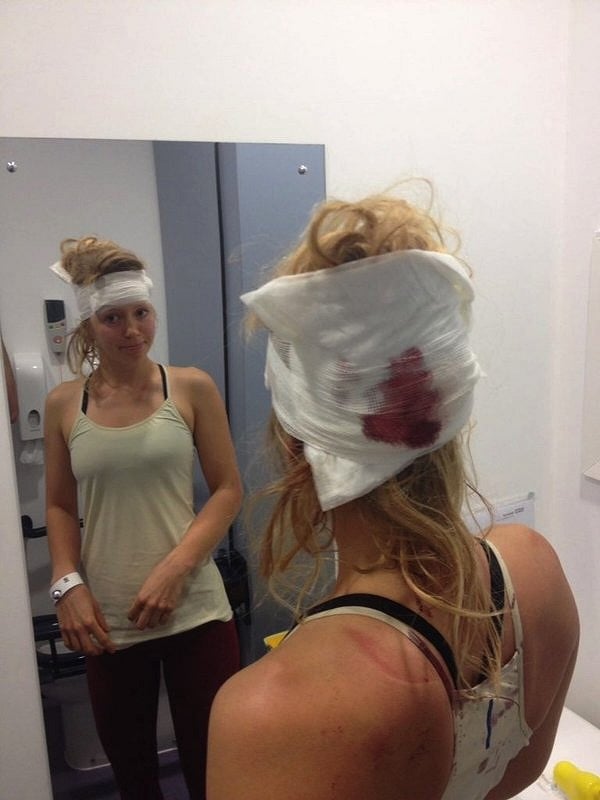
I would like to say a huge thank you to everyone who has played a part in this experience; those at the crag that day (Penny, Al, Eddie and others), the Cave and Mountain Rescue Organisation (they are all volunteers), the Ambulance teams (both air and road), the staff at Airedale Hospital; David for coming to be with me and looking after me in the days following, Katy Whittaker for driving over from North Wales to keep me company for a few days (and washing the remnants of blood from my hair), for all the friends and family that have given me time to talk things through and for all the people (some I know and some I don't) who have sent me messages of support and love. You're all amazing, thank you so much.
Climbing can be safe but it inherently contains calculated risk. I think I was probably more likely to be in a car accident traveling to Malham than for what happened to happen. That aside, I for one, with 20+ years of climbing experience, am going to try to question more, to look more and to check more.
Please, everyone, just tighten your harness around your waist a little more if you can. Think of it as a virtual hug sent from me. :)
The Cave and Mountain Rescue Service is a volunteer-run service that does amazing work, if anybody feels they would like to donate you can do so here.

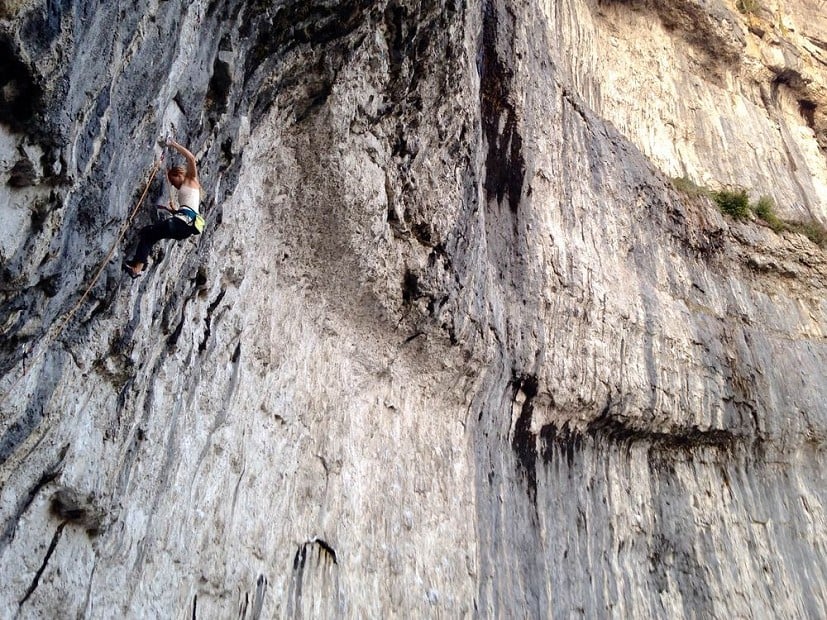
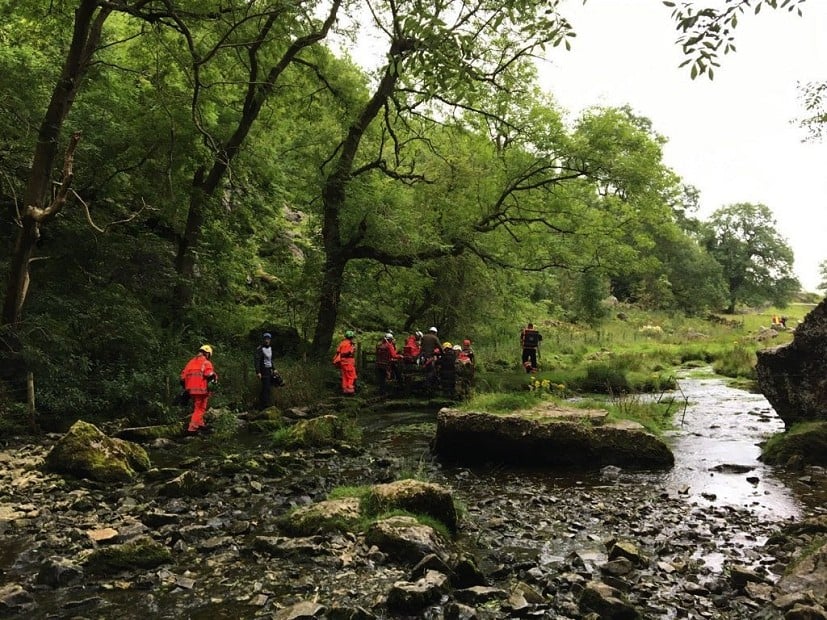

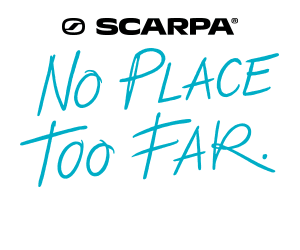

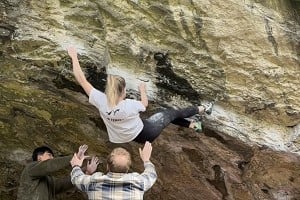
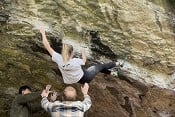

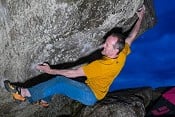

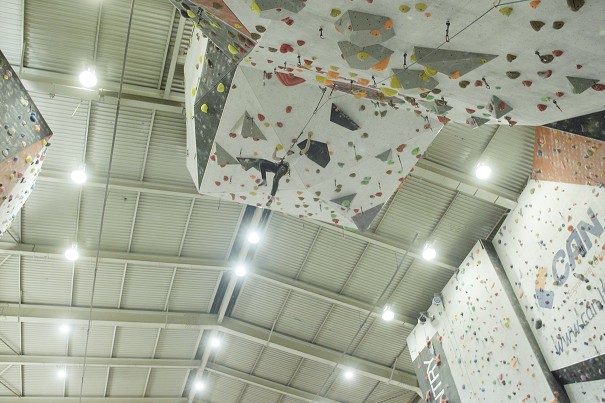

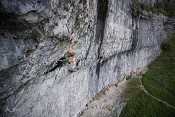

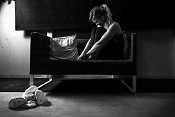
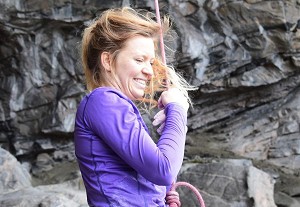
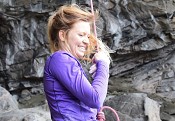
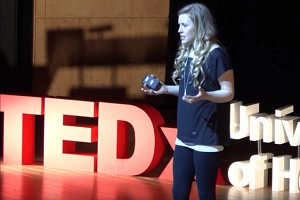
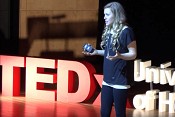
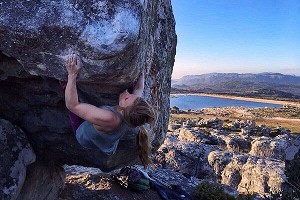
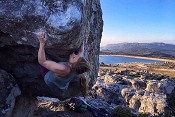
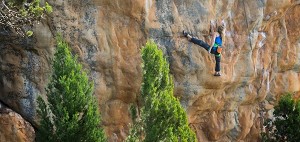

Comments